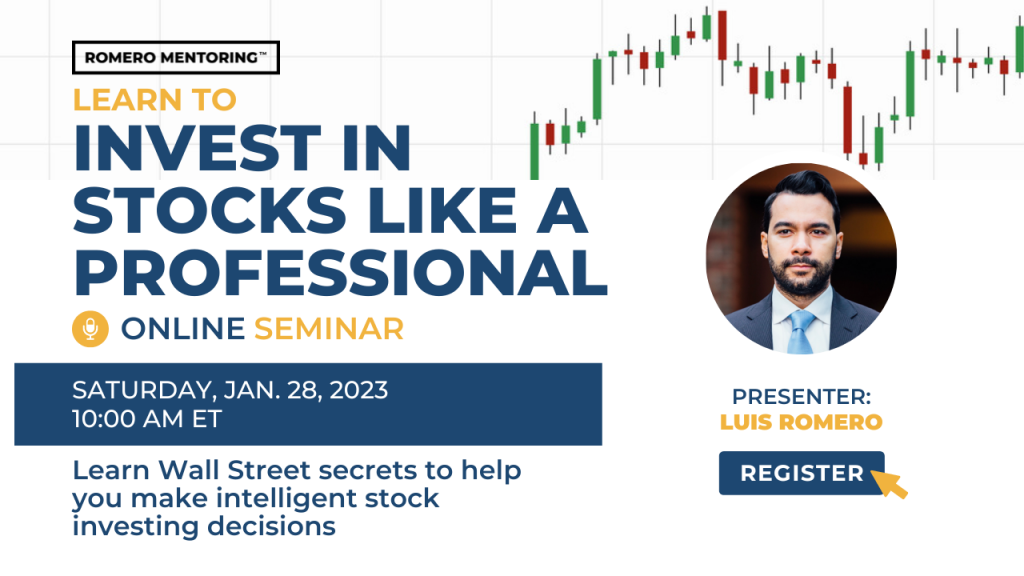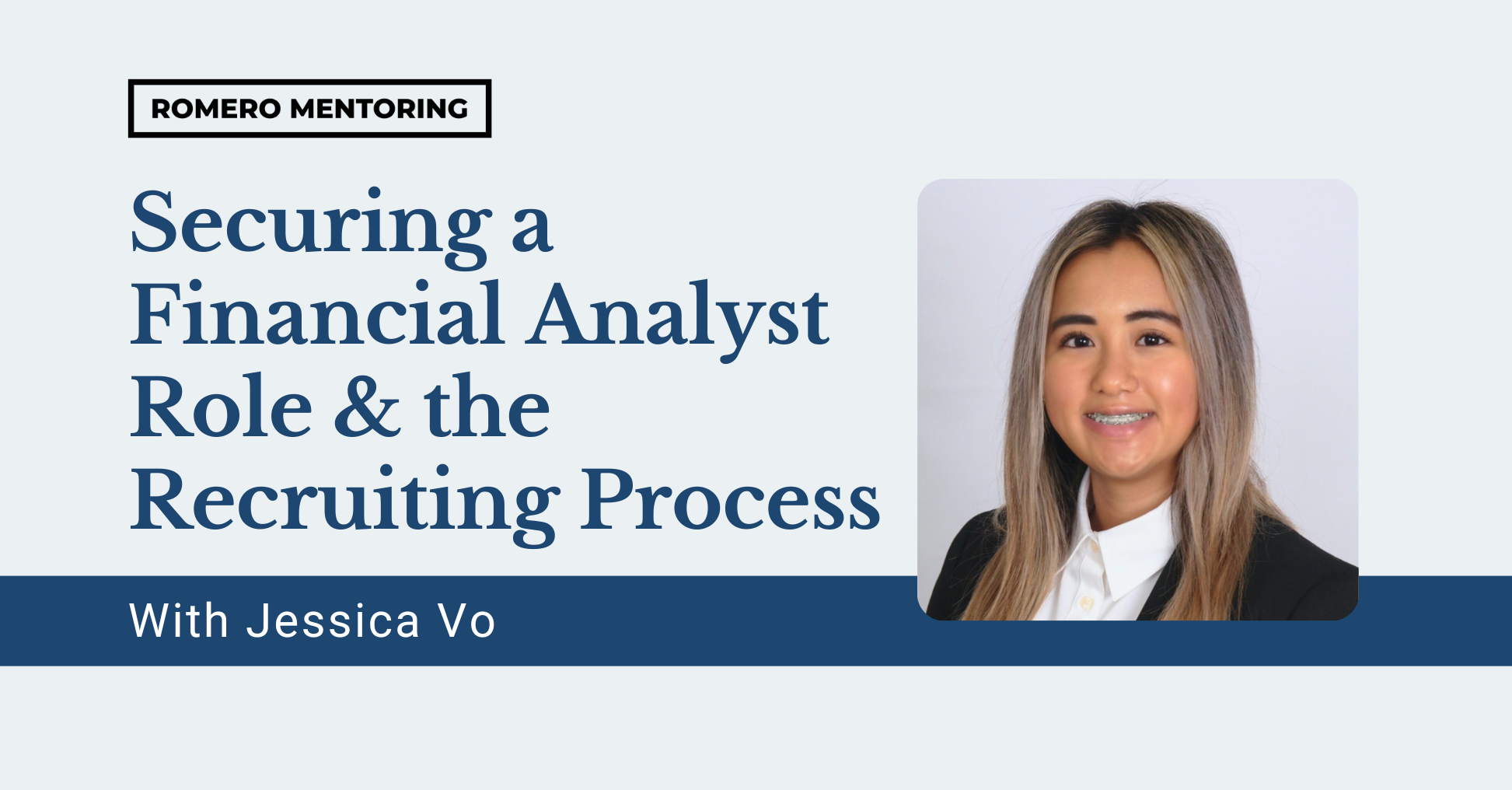What is Corporate Finance?
Corporate finance is a general term that refers to how companies acquire funding, how they organize and use their debt and equity, and how they manage their investments.
People who work in corporate finance are trying to maximize the value of their business through three main activities: capital investments, capital financing, and capital return methods. We will go in depth on what each of these activities means and what they entail for different corporate finance workers, such as the entry-level financial analyst.[1]

The Three Important Tasks of Corporate Finance
1. Capital Investments
One role of a corporate financier is to decide what companies, projects, or acquisitions they want to invest in. This includes creating a long-term plan for the investment of their company’s assets, as well as managing and researching short-term plays that can be made that offer favorable risk-adjusted returns.
The main task involved for capital investing is the research of companies and opportunities, otherwise known as capital budgeting. In this analysis, a financial analyst might be tasked with finding the historical capital expenditures, cash flows, and other financial metrics of a company and use their research to project the revenue and cash flows of that company.
They then might create a Discounted Cash Flow model, or DCF, that discounts the future value of these projected cash flows into their present value and use those to determine the current fair value of the company.[2]
2. Capital Financing
Capital financing pertains to how to optimally finance the capital investments that the company decides to make. This financing is composed of either equity, debt, of a combination of the two.
In order to raise debt, the company would take out a loan from a commercial bank or issue debt securities in the market, such as bonds, through investment banks.
In order to finance investments with equity, the company would sell some of their public stock and use the proceeds for the investment.
To create optimal capital financing, it is often the case that corporate finance professionals will use a blend of equity and debt.
They do not want to finance too much of the deal with debt since their periodical repayments would be higher, and that would increase the risk that could default on their payment.
They also do not want to finance too much of the deal with equity since that would reduce the value of the stock for current investors and it would reduce metrics such as the Earnings per Share.
In order to determine the right blend of equity vs. debt to use when financing a deal, financiers would look at their company’s Weighted Average Cost of Capital (WACC), which takes into account the cost of equity and cost of debt, and try to lower it as much as possible.[2]
3. Dividends and Other Capital Return
Another activity that corporate financiers engage in is returning their excess earnings to their investors.
The method and amount to return their capital is typically determined by corporate managers, who sometimes decide to keep the company’s earnings in order to invest back in the capital markets, or back into their own business.
When they do decide to give back to their investors, there are several methods with which they can do so. Dividends are the most popular method. Many companies offer dividends where they periodically pay their investors a certain amount per share.
Usually companies with historically strong and stable stocks will offer less of a dividend while companies that have weaker historical performance will offer more of a dividend yield in order to attract investors.
Dividends are paid periodically, for some stocks this means monthly, for others it could be quarterly or annually. For each period the management must decide what dividend to pay, an important consideration since investors expect a certain dividend yield and might be disappointed if it is lower.
Another way that companies can return their extra earnings to their shareholders is through share buyback programs. In these programs companies usually commit a certain amount of money buying back their shares over a specified period of time.
When they repurchase their shares, it reduces the total number of outstanding shares, and thus increases the relative ownership of all of the previous stockholders.[2]
What are the Types of Career Paths in Corporate Finance?
The highest position that many people who enter corporate finance hope to achieve one day, is the role of Chief Financial Officer (CFO). Other than reporting to the CEO, the CFO is at the top of the “food chain” within a company.
In the Financial Planning & Analysis (FP&A) department, your job would be to give the CFO your projections on how you expect the company to perform in the coming months and years.
The entry-level position in the FP&A department is called the financial analyst. Usually, three to four financial analysts are managed by one senior analyst who then reports to the FP&A manager. Thus, the FP&A manager is near the top of the hierarchy, just under the CFO.
CFO’s usually make more than $300,000 per year, up into the millions per year based on the size and performance of the company. FP&A Managers tend to make around $200,000 per year, while Senior Analysts make around $100,000-$130,000 and Entry-Level Financial Analysts starting around $70,000.
The financial analysts are the ones who do most of the grunt work creating financial models for their senior analysts to review.
If you perform well you might get a promotion to be a Senior Analyst in 4-5 years, and if you continue to perform it could be another 4-5 years before you are promoted to the FP&A Manager position.
From there, it becomes much more uncertain as to how long it will take to get to the role of a Global FP&A Manager or to CFO, or if you will even be promoted. Because these positions are very high up on the food chain, there are very few spots to fill and so it becomes increasingly competitive to get promoted.[3]
Romero Mentoring’s Analyst Prep Program

In just 15-weeks, you can become a world-class finance professional. The Romero Mentoring Analyst Prep Program is an all-inclusive internship, mentorship, and training experience like no other. Learn the in-depth principles of finance and apply what you learn through an extensive internship led by a finance professional with over 12 years of experience. Learn more here.
The Analyst Prep Program teaches the technical and practical skills that investment banks, hedge funds, and private equity & consulting firms look for in a candidate. Students begin with little to no technical skills and develop into fully prepared professionals who can perform as first-year analysts from day one.
About Romero Mentoring
Since 2016, Romero Mentoring investment banking training programs have been delivering career mentoring to job seekers, professionals, and college students pursuing careers in finance. We’ve helped over 400 students start their careers on Wall Street through our Analyst Prep and Associate Investment Banking Training Programs. Our graduates work at top-bulge bracket banks and consulting firms, including Goldman Sachs, JP Morgan, McKinsey, and many more.





